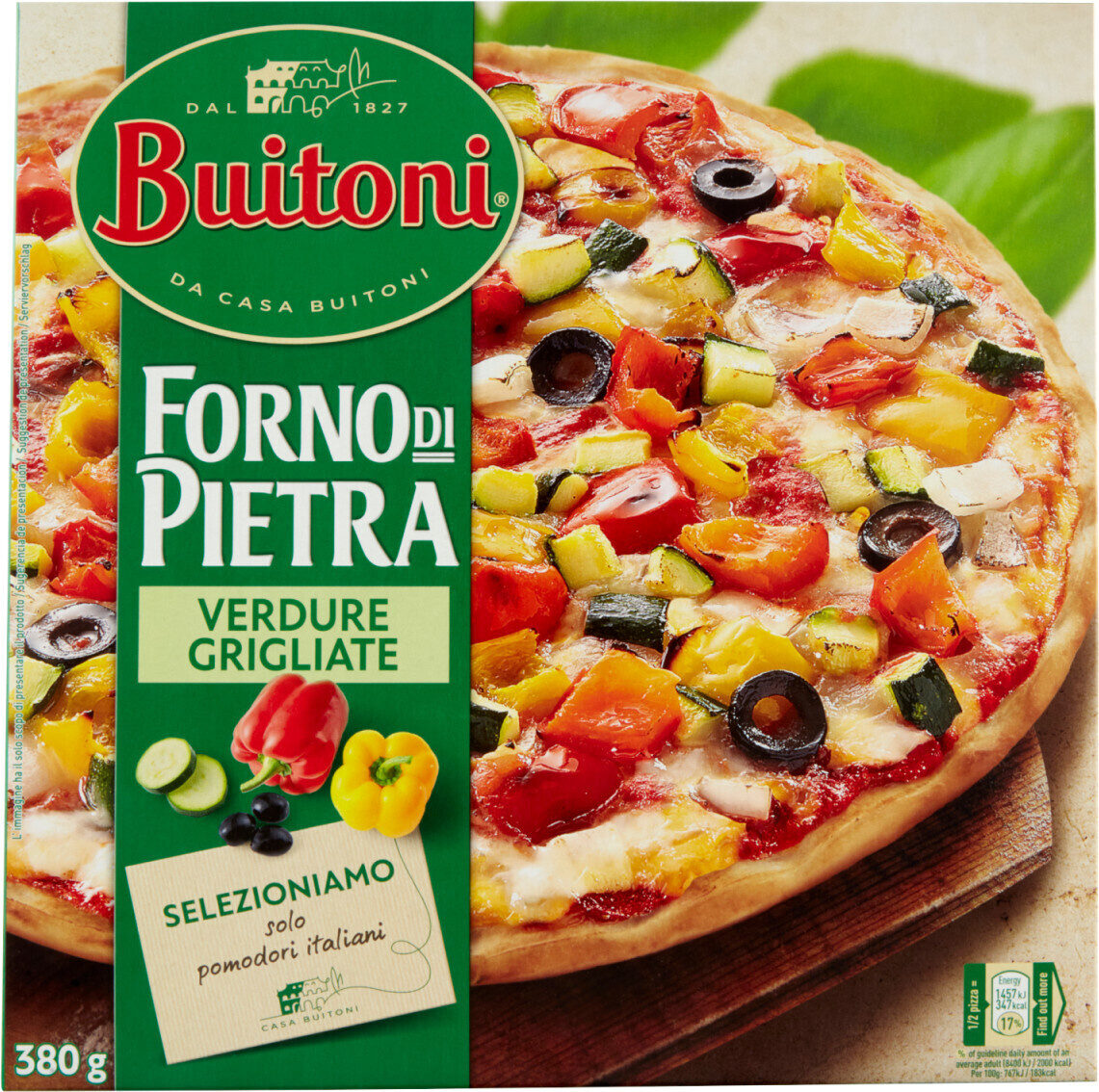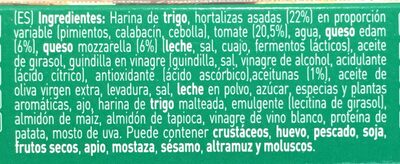Forno di pietra verdure grigliate surgelata - Buitoni - 380g
This product page is not complete. You can help to complete it by editing it and adding more data from the photos we have, or by taking more photos using the app for Android or iPhone/iPad. Thank you!
×
Barra-kodea: 7613032392345 (EAN / EAN-13)
Kopurua: 380g
Markak: Buitoni
Kategoriak: en:Frozen foods, en:Meals, en:Pizzas pies and quiches, en:Pizzas, en:Frozen pizzas and pies, en:Frozen pizzas
Matching with your preferences
Ingurumena
Ontziratzea
Transportation
Report a problem
Datuen iturria
Product added on by openfoodfacts-contributors
Last edit of product page on by kiliweb.
Produktuaren orria -gatik editatua ayaguaska, hungergames, prepperapp, yuka.I7pgHdWRHsEQLceN9qJq8QCKSOb-LtRjM0IOoQ, yuka.YUlrWlNhWXVxL0JVbU0wZDR4WHA0ZTh1OWNHQVcwR2xFUFFJSVE9PQ, yuka.sY2b0xO6T85zoF3NwEKvlkMXTITvgRj-F0fhlBWP6dqrcZzka_h844v_Hqs, yuka.sY2b0xO6T85zoF3NwEKvlnx_bsXhgG_jLwHkpH2U5seuD576ZY9OuNX2LKs.
If the data is incomplete or incorrect, you can complete or correct it by editing this page.










